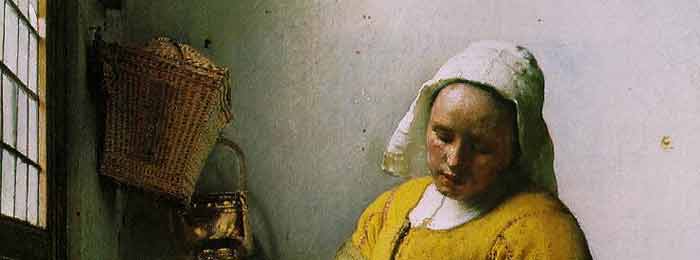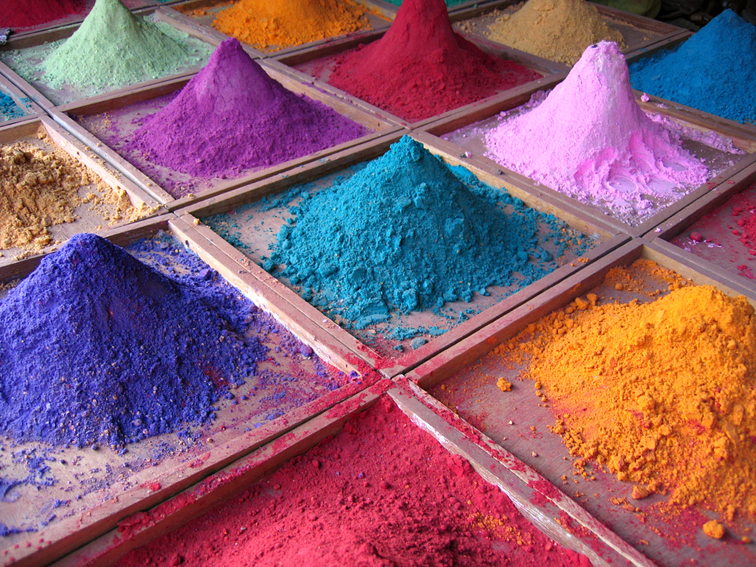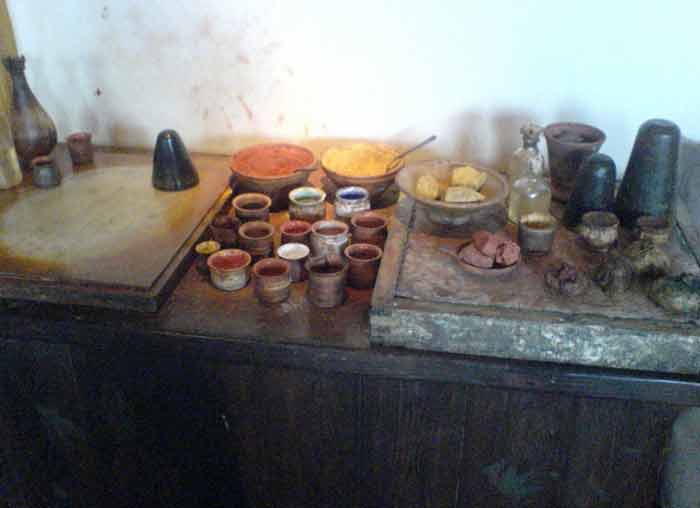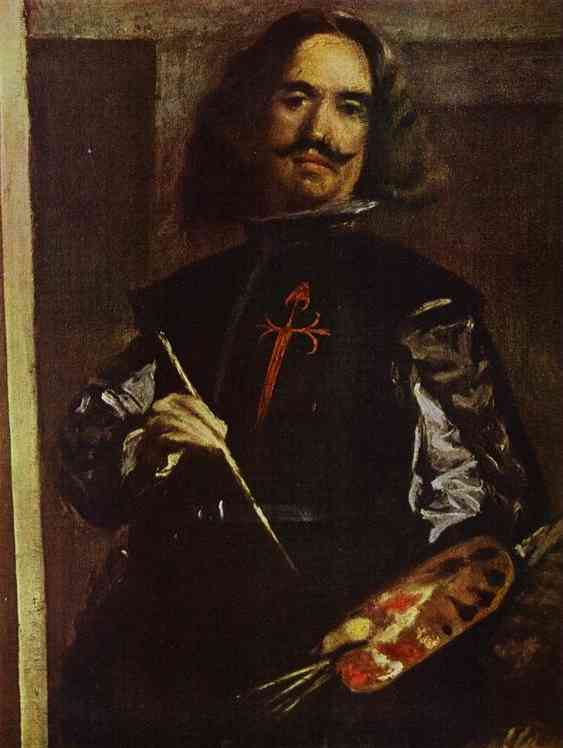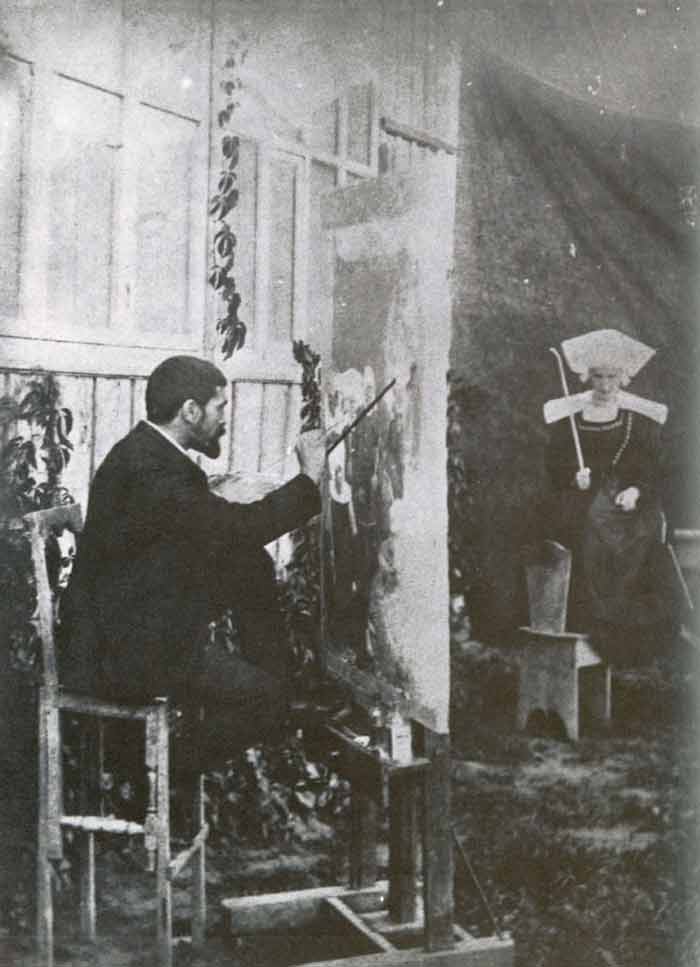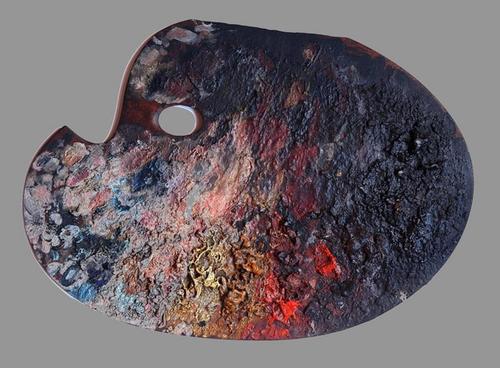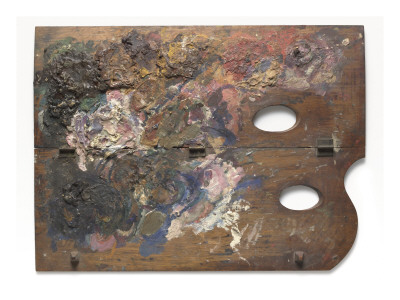On 18 Jul, 2015 With
Oil paintings techniques: Vermeer’s Palette Johannes Vermeer was a Dutch painter who specialized in domestic interior scenes of middle-class life. Vermeer was a moderately successful provincial genre painter in his lifetime. He seems never to have been particularly wealthy, leaving his wife and children in debt at his death, perhaps because he produced relatively few paintings. One aspect of his meticulous painting technique was Vermeer’s choice of pigments. He is best known for his frequent use of the very expensive ultramarine (The Milkmaid), and also lead-tin-yellow (A Lady Writing a Letter), madder lake (Christ in the House of Martha and Mary), and vermilion. He also painted with ochres, bone black and azurite. The claim that he utilized indian yellow in Woman Holding…
Read More
On 26 Sep, 2012 With
Chemical Changes of Pigments The causes of change of color in pigments are of four kinds, all of them chemical effects. 1) the action of light; 2) the action of the atmosphere; 3) the action of the medium, and 4) the action of the pigments themselves on each other. The action of light is to bring about or to assist in the decomposition of the pigment. It is less marked in oil than in water color, because the oil forms a sort of sheath for the color particles. The manner in which light does its deteriorating work is somewhat similar to that of heat. The atmosphere affects the paint because of certain chemical elements contained in…
Read More
On 20 Dec, 2011 With
Oil painting techniques: Rembrandt’s Palette Rembrandt was a Dutch painter and etcher. He is generally considered one of the greatest painters and printmakers in European art history and the most important in Dutch history. Lead white Ochres Bone black Vermillion Siennas Raw umber Burnt umber Lead-Tin Yellow Cassel earth
Read More
On 18 Dec, 2011 With
The Old Masters: Velázquez’s Palette Diego Rodríguez de Silva y Velázquez was a Spanish painter who was the leading artist in the court of King Philip IV. According to Carmen Garrido, Head of Technical Services at the Prado Museum in Madrid and author of Velázquez: Tecnica y Evolución, Velázquez’s palette consisted of the following colors: WHITE: composed of lead white and calcite YELLOW: yellow iron oxide, lead-tin yellow, and Naples yellow (the latter, sparingly) ORANGE: orange iron oxide and vermilion of mercury RED: red iron oxide, vermilion of mercury, and organic red lake BLUE: azurite, lapis lazuli, and smalt BROWN: brown iron oxide and manganese oxide BLACK: organic black of vegetal or animal origin GREEN: azurite, iron oxide, and lead-tin yellow PURPLE: organic red lake and…
Read More
On 1 Dec, 2011 With
Dagnan-Bouveret’s Palette Palette: Cremnitz white Cobalt violet Cobalt blue Ultramarine Emerald green Cadmium colors Mars yellow Venetian red 3 different shades of rose madder: light, medium and deep Burnt sienna Mars violet Ivory black Dagnan-Bouveret was one of the leading French artists of the academic school. He was born in Paris, the son of a tailor, and was raised by his grandfather after his father emigrated to Brazil. Later he added his grandfather’s name, Bouveret, to his own. From 1869, he studied at the Ecole des Beaux-Arts under Alexandre Cabanel and Jean-Léon Gérôme. In 1873, he opened his own studio with a fellow student Gustave-Claude-Etienne Courtois. From 1875, he exhibited at the Salon, where in 1880 he won the first-class medal for the painting An Accident, and…
Read More
On 28 Nov, 2011 With
Léon Bonnat’s Palette Prussian blue Cremnitz white Naples yellow Yellow ochre Light red Vermilion Alizarin crimson Burnt sienna Ivory black Bitumen (Bonnat only used this color for glazing) Bonnat’s medium: 1 part Courtai siccative and 1 part turpentine. Bonnat used this medium in the shadows only. Support: White oil ground
Read More
On 5 Sep, 2011 With
Palettes of Famous Artists Gauguin believed in: “Pure colour! Everything must be sacrificed to it.” Yet, overall, his tones were muted, and quite close together. Marion-Boddy Evans draws our attention to a portable palette found in his painting studio after he died, from which it would appear Gauguin didn’t lay out his colours in any particular order. Nor does he seem to have ever cleaned his palette, instead mixing fresh colours on top of dried-up paint.
Read More
On 25 Aug, 2011 With
Palettes of Famous Painters: The Degas palette The Degas palette above is from earlier in his career, when he was still using the earthy tones common to the Dutch tradition. It lightened considerably in later years as his subject matter altered. Although there are a number of prescribed ways in which to lay out oil paint – light to dark; as per the colour wheel; basic palettes of three colours and white – all artists begin by lining up pigments at the top of the palette and use the remainder of its space for mixing.
Read More


